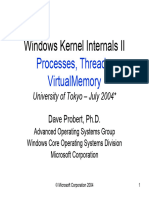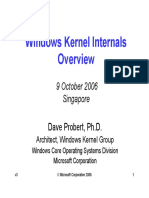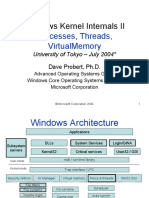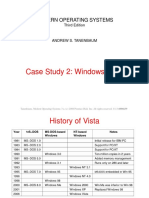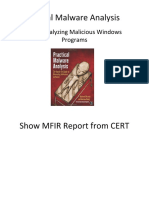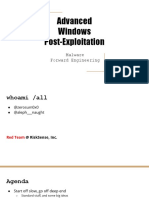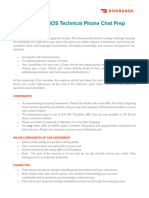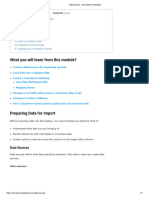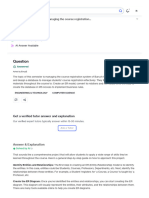0% found this document useful (0 votes)
11 views46 pages04 ObjectManagerLPC
The document provides an overview of the Windows Kernel Object Manager and Lightweight Procedure Calls (LPC). It details the structure and functionality of the Object Manager, including types of objects, methods, and security mechanisms, as well as the LPC architecture for inter-process communication. Key components such as handle tables, object types, and LPC APIs are also discussed, highlighting their roles in resource management and communication within the Windows operating system.
Uploaded by
aahilbot121Copyright
© © All Rights Reserved
We take content rights seriously. If you suspect this is your content, claim it here.
Available Formats
Download as PDF, TXT or read online on Scribd
0% found this document useful (0 votes)
11 views46 pages04 ObjectManagerLPC
The document provides an overview of the Windows Kernel Object Manager and Lightweight Procedure Calls (LPC). It details the structure and functionality of the Object Manager, including types of objects, methods, and security mechanisms, as well as the LPC architecture for inter-process communication. Key components such as handle tables, object types, and LPC APIs are also discussed, highlighting their roles in resource management and communication within the Windows operating system.
Uploaded by
aahilbot121Copyright
© © All Rights Reserved
We take content rights seriously. If you suspect this is your content, claim it here.
Available Formats
Download as PDF, TXT or read online on Scribd
/ 46
